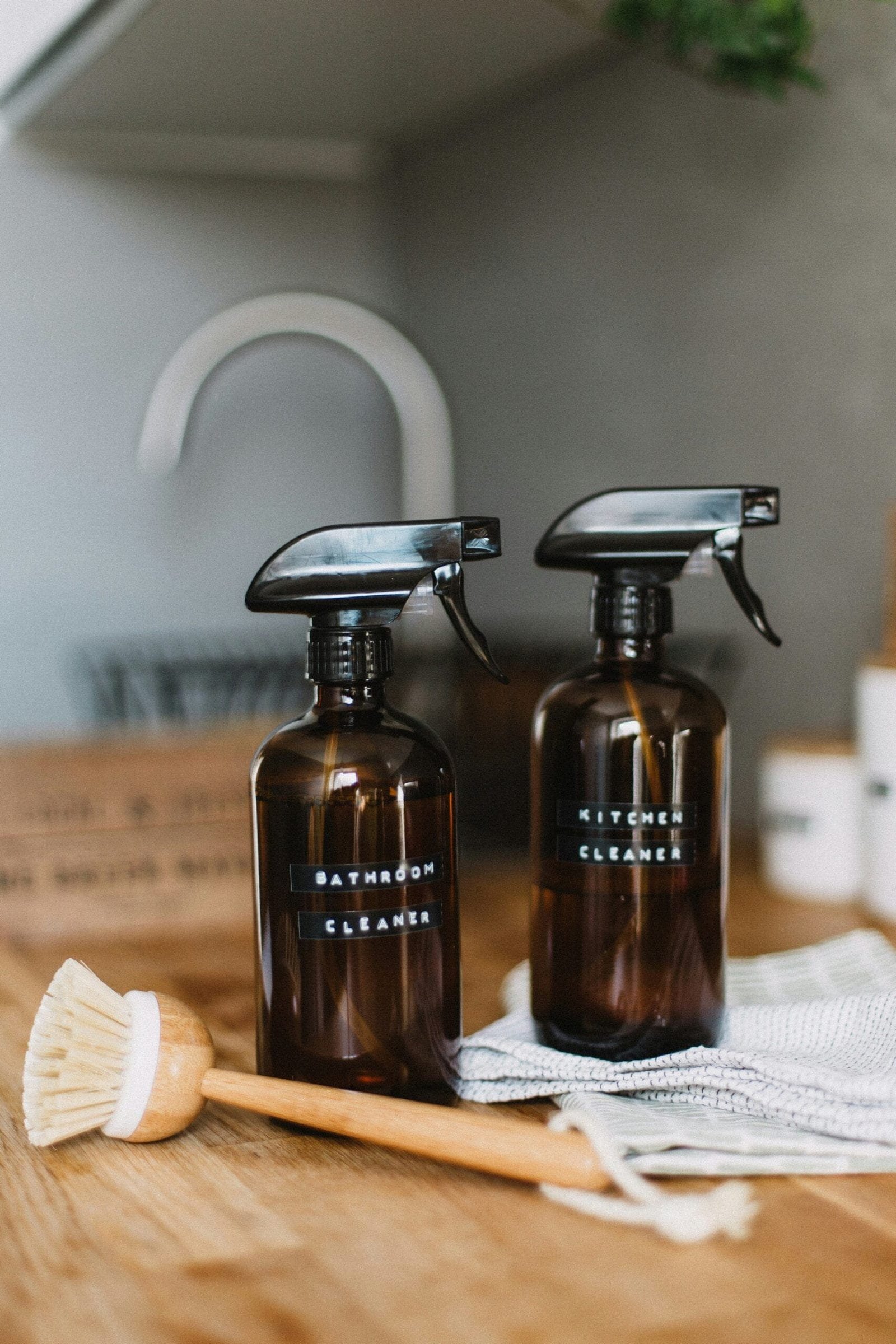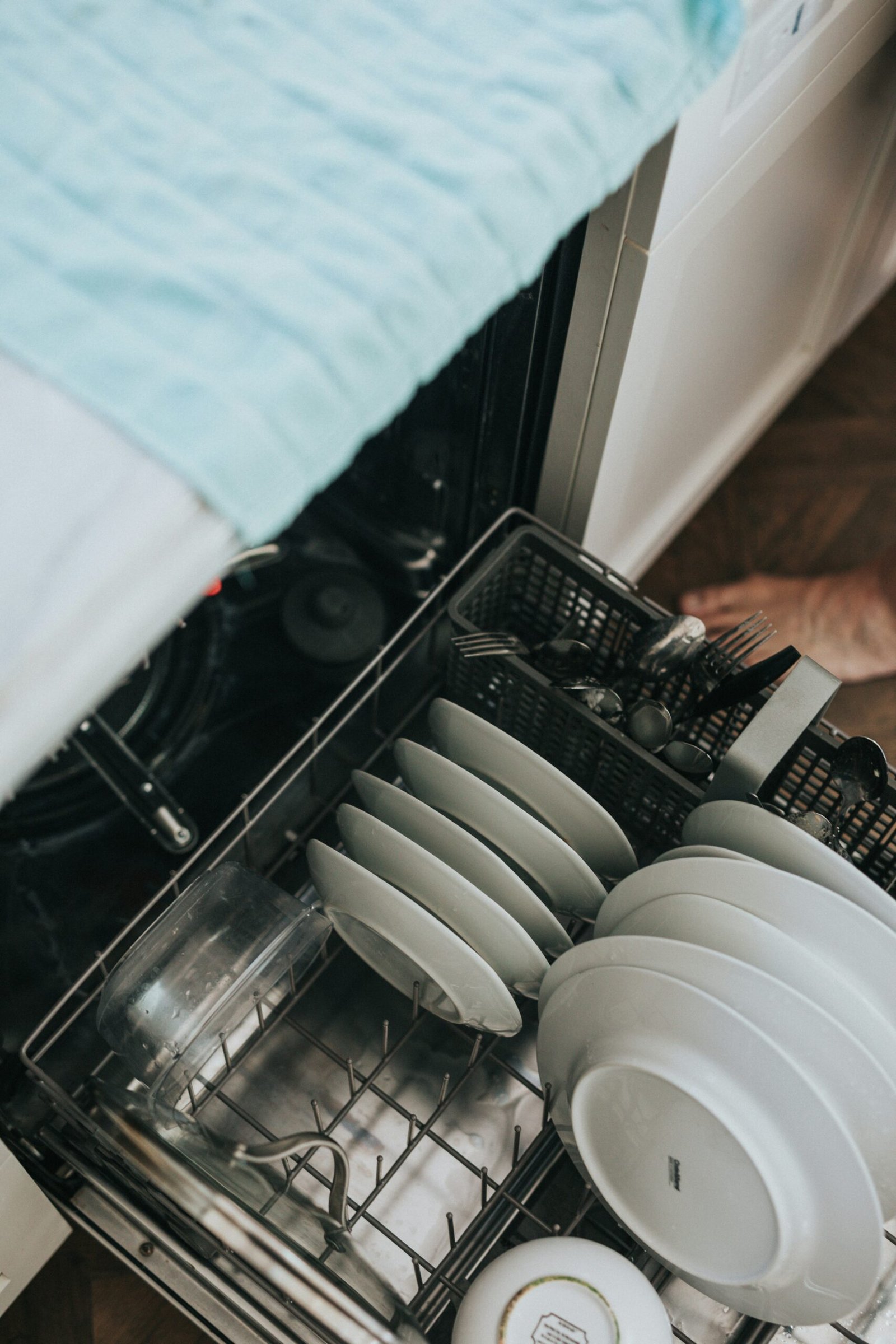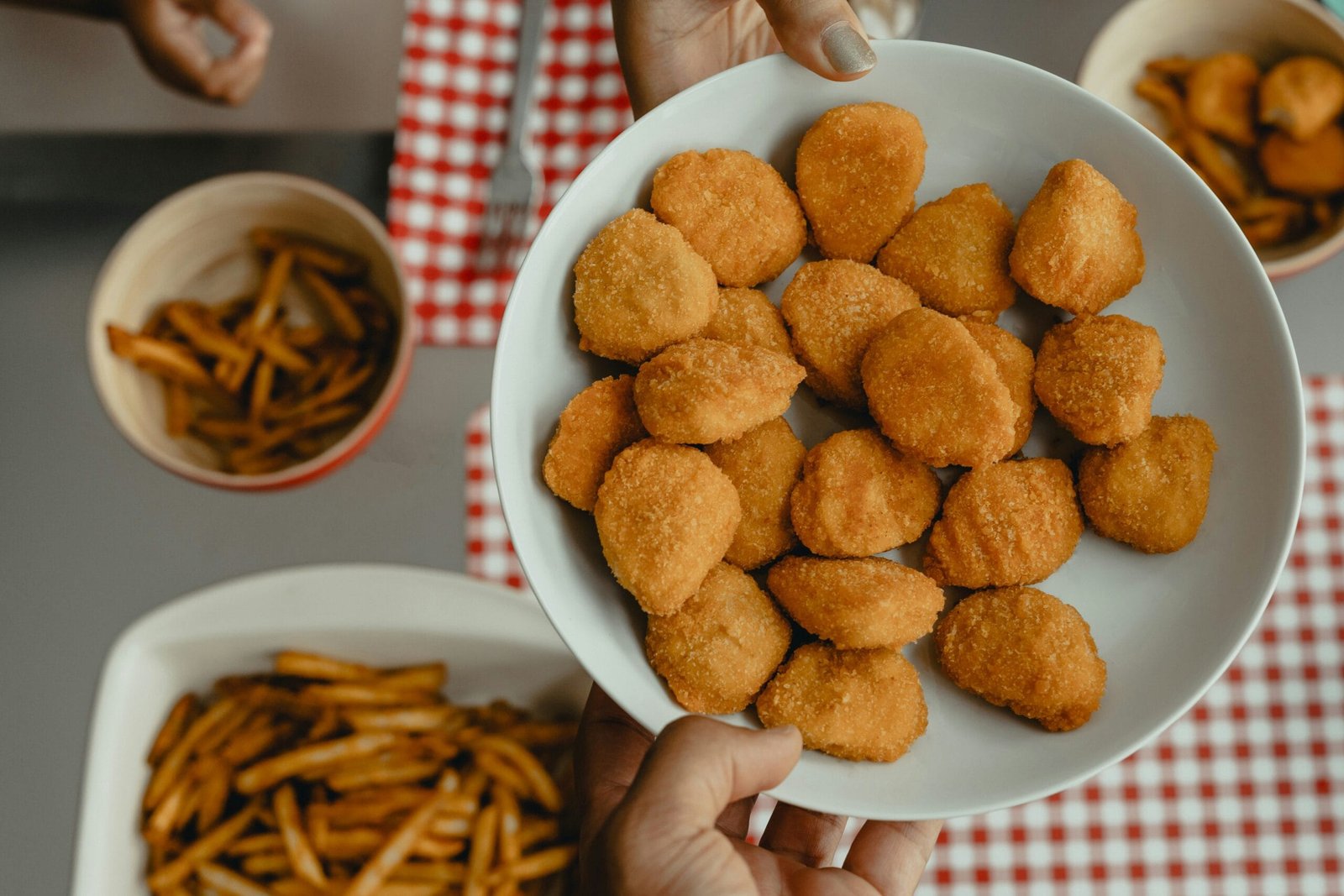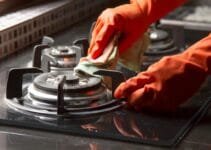Discover essential tips for maintaining cutting board hygiene to ensure food safety and extend the lifespan of your kitchen tools. Learn quick and effective cleaning methods tailored for wooden, plastic, and bamboo cutting boards. Avoid common mistakes and implement deep cleaning practices to keep your cutting boards in pristine condition. Whether you’re a seasoned chef or a home cook, these practical tips will help you maintain a clean, safe, and efficient cooking environment.
Introduction to Cutting Board Hygiene
Maintaining a clean cutting board is essential for both health and longevity. Cutting boards, especially when used for raw meats and vegetables, can harbor harmful bacteria. These bacteria can lead to cross-contamination and foodborne illnesses if not properly managed. Therefore, understanding the importance of cutting board hygiene cannot be overstated.

There are different types of cutting boards commonly used in kitchens: wood, plastic, and bamboo. Each type has unique properties that dictate how they should be cleaned and maintained. Wooden cutting boards, for instance, are known for their durability and self-healing properties but require special care to prevent warping and cracking. Plastic cutting boards, on the other hand, are more resistant to staining and can often be cleaned in a dishwasher, making them a convenient option. Bamboo cutting boards are eco-friendly and naturally resistant to bacteria, but they too need appropriate care to extend their lifespan.
Please, read our post and do not forget to check the YouTube channel “Clean My Space”:
https://www.youtube.com/@cleanmyspace
You will find there, thousands of ideas for your home interior and outdoors.
Allow me to mention one of them:
How to Clean Everything in your Kitchen! (video)
Understanding the specific cleaning needs of your cutting board is vital for ensuring food safety. Wooden boards should be hand-washed with mild soap and hot water, followed by thorough drying to prevent moisture buildup. Plastic boards can be sanitized in the dishwasher, but deep cuts should be monitored and replaced when necessary. Bamboo boards require regular oiling to maintain their antibacterial properties and prevent drying out.
By keeping your cutting boards clean, you significantly reduce the risk of bacterial contamination and ensure a safe cooking environment. The following sections will provide quick and effective methods tailored to each type of cutting board, allowing you to maintain pristine hygiene with minimal effort. Whether you are a seasoned chef or a home cook, these tips will help you keep your kitchen safe and your cutting boards in top condition.
Quick and Easy Cleaning Methods
Maintaining clean cutting boards is essential for food safety and the longevity of the boards themselves. Here, we explore several efficient cleaning methods tailored for different types of cutting boards, allowing you to keep them in pristine condition with minimal effort.
Wooden Cutting Boards: Salt and Lemon
Wooden cutting boards require special care to preserve their natural material. One highly effective method involves using salt and lemon. First, sprinkle a generous amount of coarse salt over the board. Then, cut a lemon in half and scrub the board with the halved lemon, allowing the acidic juice to mix with the salt. This combination not only cleans but also deodorizes the board. After scrubbing, let the mixture sit for about five minutes before rinsing it off with warm water. Finally, dry the board thoroughly with a clean towel to prevent any moisture absorption that could lead to warping or cracking.
Plastic Cutting Boards: Vinegar and Baking Soda
Plastic cutting boards can often harbor stains and odors. A powerful cleaning duo for these boards is vinegar and baking soda. Start by sprinkling baking soda generously over the surface of the board. Next, pour white vinegar over the baking soda. The mixture will fizz as it reacts, lifting stains and eliminating odors. Use a scrub brush to work the mixture into the board, paying special attention to any discolored areas. Rinse thoroughly with hot water and pat dry with a towel. This method ensures that your plastic cutting boards remain clean and sanitary.
Bamboo Cutting Boards: Hot Soapy Water
Bamboo cutting boards are durable but still need proper care. Cleaning them is straightforward yet effective. Fill your sink with hot soapy water, using a mild dish soap. Submerge the bamboo board and scrub it gently with a soft sponge or cloth. Avoid using harsh abrasives, which can damage the bamboo surface. Rinse the board well with hot water and dry it immediately with a clean towel. This prevents any water from seeping into the bamboo, which could cause it to swell or crack.
These quick and easy cleaning methods ensure that your cutting boards—whether wooden, plastic, or bamboo—remain hygienic and in excellent condition, ready for your next culinary adventure.
Deep Cleaning and Maintenance Tips
Ensuring the longevity and hygiene of your cutting board requires periodic deep cleaning and maintenance. One effective method for deep cleaning involves the use of hydrogen peroxide. By applying a 3% hydrogen peroxide solution onto the surface of the cutting board, you can effectively eliminate bacteria and germs. Allow the solution to sit for a few minutes before rinsing with warm water and drying thoroughly.
For those with wooden cutting boards, regular oiling is essential to prevent cracking and warping. Food-grade mineral oil or beeswax are excellent options for this purpose. Apply a generous amount of oil to the board and let it soak in overnight. Wipe off any excess oil the following day to keep your board in optimal condition.
Regular sanitization is another critical aspect of cutting board care. After each use, wash your board with hot, soapy water and ensure it is completely dry before storing. For an added layer of protection, you can periodically sanitize the board with a mixture of white vinegar and water or a diluted bleach solution.
Inspecting your cutting board for signs of wear and tear is equally important. Deep grooves and cracks can harbor bacteria and compromise the board’s integrity. If your cutting board exhibits significant damage, it may be time to replace it. Plastic boards tend to show wear more quickly and should be replaced more frequently, whereas high-quality wooden boards can last for years with proper care.
Incorporating these deep cleaning and maintenance practices will not only extend the lifespan of your cutting board but also ensure it remains a hygienic tool in your kitchen. Regular attention and care will help you maintain a clean, safe, and efficient cooking environment.
Common Mistakes to Avoid
When it comes to cleaning cutting boards, there are several common mistakes that can compromise both hygiene and the longevity of the board. One frequent error is the use of harsh chemicals. While it might seem like a strong cleaner will do a better job, substances like bleach or ammonia can actually damage the surface of cutting boards, especially those made of wood or bamboo. Instead, opt for milder, food-safe cleaning agents such as diluted vinegar or baking soda, which effectively disinfect without causing harm.
Another prevalent mistake is neglecting to clean the cutting board immediately after use. Leaving food residues and juices on the board for extended periods can lead to stubborn stains and bacterial growth. It’s crucial to wash your cutting board promptly after each use with warm, soapy water, ensuring all food particles are removed. For deeper cleans, a periodic scrub with a coarse salt and lemon mixture can help maintain the board’s pristine condition.
Improper drying is also a significant issue that can lead to warping or mold growth, particularly with wooden cutting boards. After washing, it’s essential to dry the board thoroughly with a clean towel and then allow it to air dry standing up or on a drying rack. Avoid laying the board flat, as this can trap moisture underneath, fostering an environment for mold. Additionally, oiling wooden boards with food-grade mineral oil helps to keep them from drying out and cracking.
By understanding and avoiding these common mistakes, you can ensure that your cutting boards remain both hygienic and durable. Implementing these practical tips will not only improve your cleaning habits but also prolong the life of your cutting boards, making meal preparation safer and more efficient.
Other related posts from our website:
https://howtobuildahouseblog.com/the-6-most-dreaded-cleaning-chores-and-how-to-make-them-easier/
https://howtobuildahouseblog.com/ultimate-guide-to-cleaning-tile-floors-and-grout/
Thank you so much for your attention.
Stay tuned. We will upload many other amazing posts to our website and videos onto our YouTube channel.
Thank you so much.
for your time and attention.
Best Regards
See you to another post,
Bye, Bye



No Responses